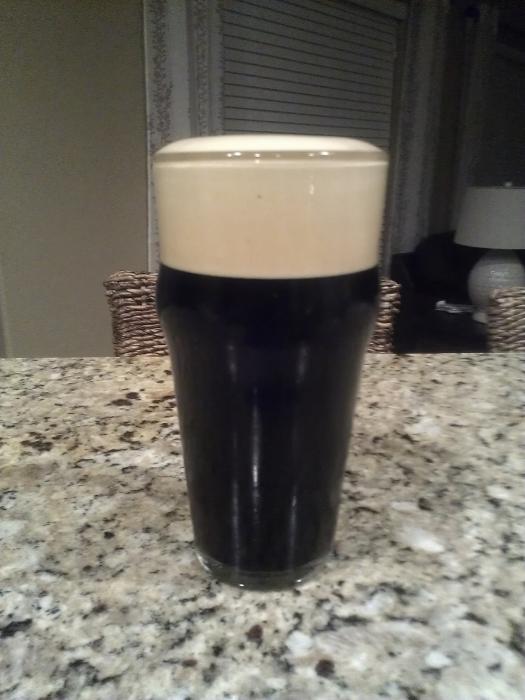So, last time I made this, I just happened to have two vanilla beans sitting in a bottle of Woodford Reserve, so I used that, and it was delicious. After about 5 months, though, the flavours really mellowed out, and it was more like a typical (although very nice) porter.
This time, I have these coffee beans that were aged in bourbon barrels, and have quite a pronounced bourbon flavour. I was thinking of using pale chocolate malt to get some chocolate flavour without adding the roast coffee flavour, then getting those coffee notes through the beans, which would hopefully impart that bourbon aroma.
I've never used coffee beans in a beer before, though, so I'm not sure if it will alter the recipe too harshly. Any ideas?









![Craft A Brew - Safale BE-256 Yeast - Fermentis - Belgian Ale Dry Yeast - For Belgian & Strong Ales - Ingredients for Home Brewing - Beer Making Supplies - [3 Pack]](https://m.media-amazon.com/images/I/51bcKEwQmWL._SL500_.jpg)


















































